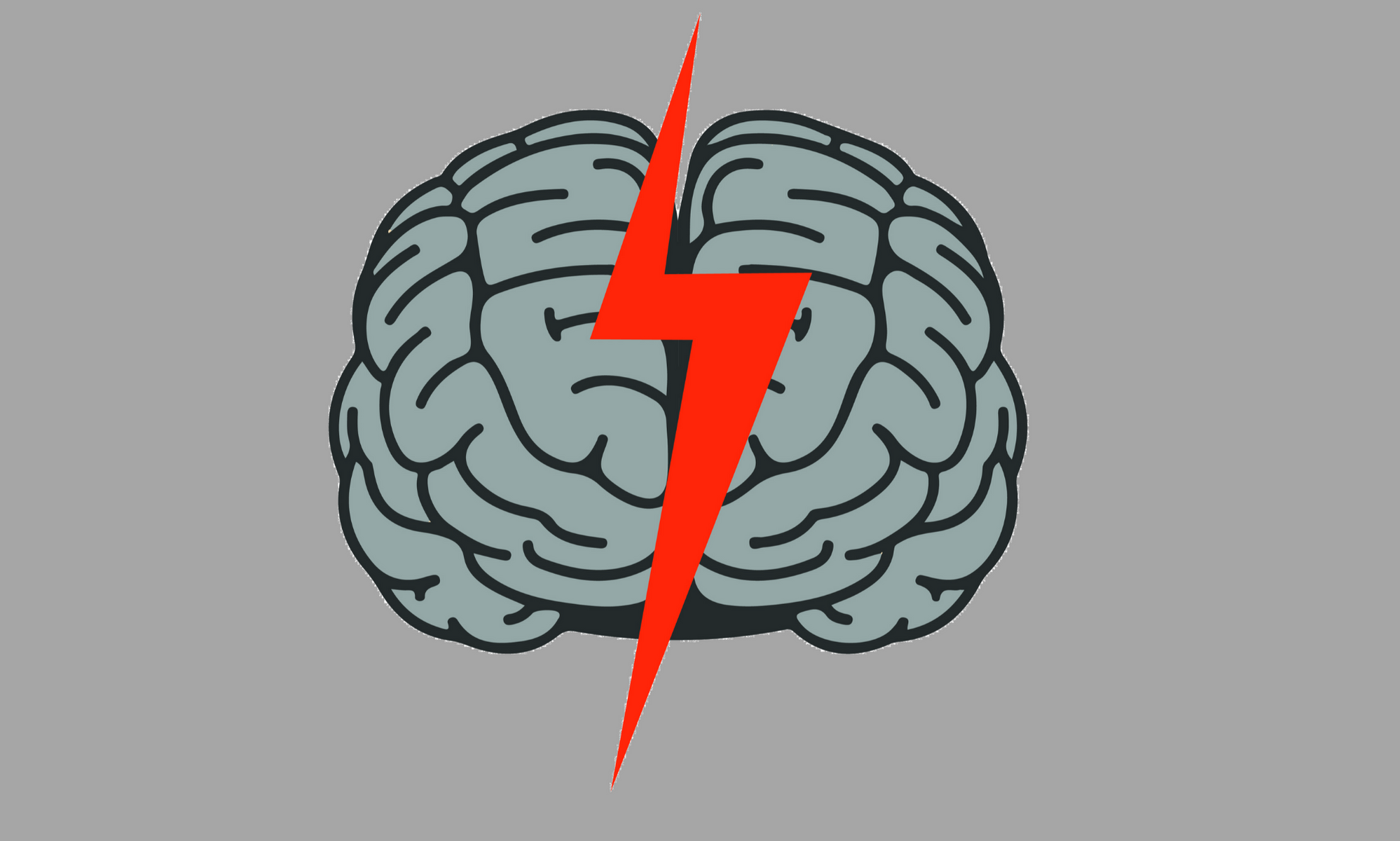Cognitive Dissonance
Click here to download this lesson in slideshow format
Welcome to Psychology Level 1, Lesson 1: Cognitive Dissonance
In this lesson, you will learn about:
Cognitive dissonance
Why white people experience cognitive dissonance in relation to racism
Examples of cognitive dissonance
Racism in science and law
The “Psychosis of Whiteness”
Objectives
By the end of this lesson you will understand:
What cognitive dissonance is and how it works
What role it plays in maintaining “guilt free” consciousnesses within society
Why people deny racism is a systemic issue
Why racist historical figures, like George Washington and Winston Churchill, are celebrated
Caution: this lesson contains strong language and references to racial genocide
Cognitive dissonance describes the mental discomfort a person has when they hold contradicting beliefs. For example, when a person commits a negative act, they often become uncomfortable. This is due to them believing that they are a good person, and good people are not supposed to commit negative acts. This emerging discomfort is cognitive dissonance - cognitive, meaning mental, and dissonance, meaning disagreement.
When cognitive dissonance emerges, a person will immediately try to resolve it. This is done in two ways; either a person owns up to the negative act and directly addresses the harm caused by it, or they justify the negative act, often pretending it wasn’t really negative.
Over the past 500 years, white people have spent significant resources on resolving their collective cognitive dissonance. The difference between their actions - enslavement, genocide, rape and segregation - and their beliefs - “good” Christians, world civilisers, and inventors of everything - has been so great that their cognitive dissonance has forced them to rationalise their own horrific behaviour. Genocide and enslavement were so “un-Christian” that white people relegated their victims to the level of subhuman.
The invention of the “Negro” race, with no history, culture or humanity, allowed white people to feel good about themselves once more. They were justified in their abuse of these subhuman sinners, rationalising that the “niggers” deserved it.
This collective white cognitive dissonance became embedded in the political economy and globalised culture of the West. United States Founding Father Thomas Jefferson went to great lengths to ease his guilt. He expressed disdain and contempt for Black people, stating “they smelled bad and were physically unattractive, required less sleep, were dumb, cowardly and incapable of feeling grief.” This was the same man who owned slaves, raped and consequently had children with them. But he had to believe his own lies in order to stay sane. Believing that they couldn’t feel grief meant he had no qualms with beating, raping and killing his own captives.
Swedish botanist Carl Linnaeus, inventor of the classifications of the animal kingdom, categorised the “races” of humanity. He called Europaeus albus (white people) ingenious, happy, and governed by law, and Africanus niger (Black people) crafty, lazy, lustful, and governed by caprice. This scientist based none of these descriptions on scientific evidence, but simply used the classifications to help alleviate the collective cognitive dissonance of whiteness. His work was accepted as hard fact. Even today, much of the “science” used to justify racism is still spoken of as fact in academic circles.
Laws were written in order to help ease the cognitive dissonance of whiteness. The Slave Codes of Barbados and Jamaica legally justified the enslavement of Africans, allowing white people to feel guiltless about their actions. The Casual Killing Act in the US colonies removed the legal consequences for killing a slave, psychologically letting white people off the hook. After all, they were just abiding the law.
Post-slavery, these laws continued to shape the global political system. Jim Crow laws, apartheid, segregation and colonialism not only granted the West domination over Black lives, but allowed white people to consciously feel good about doing so.
White supremacist terrorism was rife during this time, particularly in the USA. Beatings, murder and vandalism were not only commonplace, but were sanctioned by the state. White children were even given time off school to watch lynchings, and would smile as their parents hanged a Black person from a tree. This was a joyous time for white people, as in their minds, Black people deserved to be murdered for existing.
Today, the cognitive dissonance of whiteness is as strong and irrational as ever. This has led to what Professor Kehinde Andrews calls “the Psychosis of Whiteness.” White people never have to account for their collective sins as the blame is shifted onto their victims. The wealth of the west is maintained through both colonial exploitation and the legacy of slavery, yet the poverty in Africa, the Caribbean and Western Black neighbourhoods is attributed to the inadequacies of Black people.
Cognitive dissonance is evident in day-to-day life as well. When a white person says or does explicitly racist things, they will leap to their own defence with the words “I’m not racist.” This is often because of how racism is incorrectly taught. To most people, to be racist is to be a bad person, and (almost) nobody likes to admit they are bad. So, in order to resolve this contradiction, a white person will declare their offence at being considered racist, before leaping into justifications for their remarks and actions.
Historical figures such as George Washington, Winston Churchill, Immanuel Kant, Franklin D. Roosevelt and Napoleon Bonaparte are taught to be celebrated despite their horrific racist beliefs and practices. If one dares to challenge their celebration, they are met with extraordinary collective outbursts from white people, who perform mental gymnastics in order to justify the figure’s - and their own - racism. “Just get over it” is the usual go-to phrase as white society refuses to see anything wrong with their historical heroes.
The refusal to confront the reality of racism has led to the white world living in fantasy. The belief that the British Empire was a good thing, that the USA is the greatest country on earth, that France helped to civilise Africa and that Italy has no racism - not to mention believing that immigration to white countries is because they are better and nothing to do with systemic poverty, war and neo-colonialism - is all a result of the cognitive dissonance of whiteness.
This dissonance can never be confronted directly, as if it were, the entire global system would come crashing down. If white people truly acknowledged their conduct and accepted responsibility for their actions as a collective, it would cause a mass psychological crisis. As such, the justification for the racist world system will continue as they refuse to recognise the horrors of their past and present acts.


